The Spanish Grand Prix is always characterised by the fact it is the track which teams have the most data on. Therefore, it is an opportune moment to introduce extensive updates.
In previous years it was one of the first European races, and remains early in that leg of the schedule. It was also traditionally the venue where the annual winter testing was held.
This year's round in Barcelona is the start of a triple header with the Austrian and British Grands Prix. This has made the decision over when to introduce the second, large, package of updates even more complex.
Most teams seem to have chosen Silverstone as the ideal venue, but the less-than-obvious progress of the season thus far has undoubtedly raised questions about whether or not to maintain the original schedule - many teams will wonder whether it is worth pushing forward and introducing some upgrades at the Circuit de Barcelona-Catalunya this week.
In some ways, McLaren can be seen as an exception anyway, as it has already introduced its first development in Miami with a planned further evolution of the MCL38 in Spain.
Since the round in Florida, McLaren has shown progression with hugely consistent performance that is on some circuits superior to that of Red Bull. The development represented a broad evolution of the aerodynamic concept. It is equally correct to emphasise that the primary goal of the engineers in Woking was to expand the car's range of use, making it competitive on any type of track.
The text continues after the image.
The red arrows show all the areas that were affected by the update introduced in Miami. The update introduced in Miami had as a recognisable feature a redesign of the inlets that were more elongated and featured a cover lip to split the floor into two parts.
An increase in performance of a Formula 1 car, however, is often associated with the development package, often accompanied by minor improvements in lap times. But this is not always the case.
In practice, it is claimed that a package such as the one McLaren brought to Miami guaranteed an improved performance of about three-tenths of a second. The update package that Ferrari introduced at Imola was, according to some, an improvement of about four to five tenths per lap.
These are, of course, estimates far from the truth. Essentially, it is as if F1 engineers are turning to the 'development supermarket' and looking for 'two kilos of performance for the price of one'.
This perhaps slightly exaggerated comparison aims to emphasise that, first and foremost, the MCL38 has won balance, or rather, perfected it on every type of track. McLaren has achieved this thanks to aerodynamics that are less sensitive to variations in ride height.
We could almost say it has succeeded in what - remarkably, given Max Verstappen's six wins - Red Bull has failed to do.
In Barcelona, interventions on the Woking-based team's cars will continue along the same path. Indeed, the goal remains to make the MCL38 better performing in long, fast corners.
To achieve this goal, McLaren's engineers must increase the aerodynamic load generated by the floor. However, this entails leaving a kind of comfort zone that had been achieved until now, whilst preventing the car becoming too sensitive to changes in ride height.
The text continues after the image.
In practice, McLaren will attempt to increase the downforce generated by the floor without being forced to drastically increase the ride heights used to date. This is with the clear aim of not sacrificing the car's current balance, but allowing a performance increase on circuits characterised by fast cornering.
In essence, it is plausible to assume that the changes introduced in Barcelona, and presumably completed by Silverstone, will not lead to an abrupt change in the dynamic characteristics of the MCL38. As a result, the absolute priority is the drivers' confidence in the car's reactions - acrucial factor in making effective use of the updates.
In short, whilst the MCL38's progress is difficult to quantify, there is undoubtedly growing curiosity from rival engineers - which makes perfect sense given its rate of improvement.
It is fundamentally a deep evolution of last year's MCL60, and McLaren's progress demonstrates that by evolving deeply, but without jettisoning the project's fundamentals, it is possible to harness its potential.
Also interesting:
Join Ian Parkes, Samuel Coop and Nick Golding in the latest episode of the RacingNews365 podcast, looking ahead to this weekend's Spanish Grand Prix.
The trio discuss how significant this weekend is in the title fight, whether Red Bull's advantage will return and if Andrea Kimi Antonelli will now make his F1 debut at just 17 years old. Much, much more is also discussed!
Rather watch then listen to our podcast? Click here.
Most read
In this article





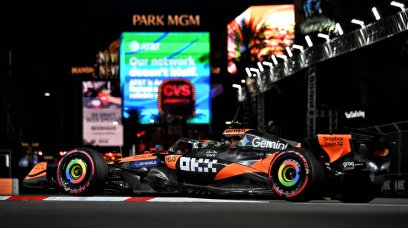
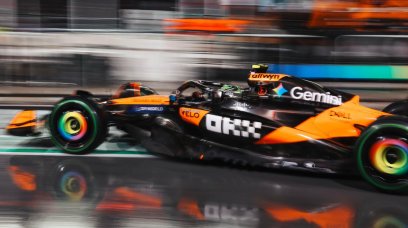



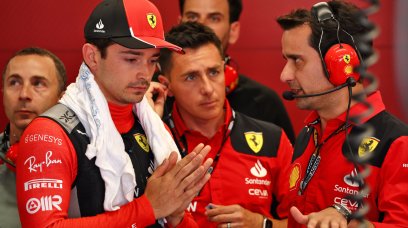
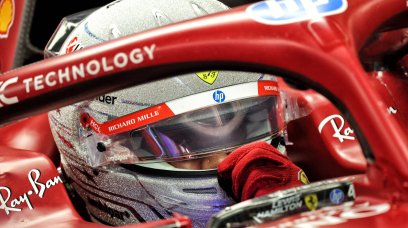

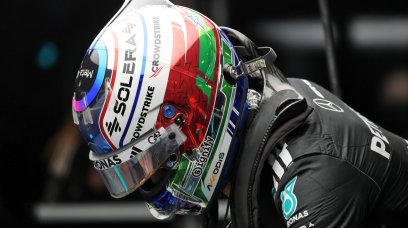












Join the conversation!